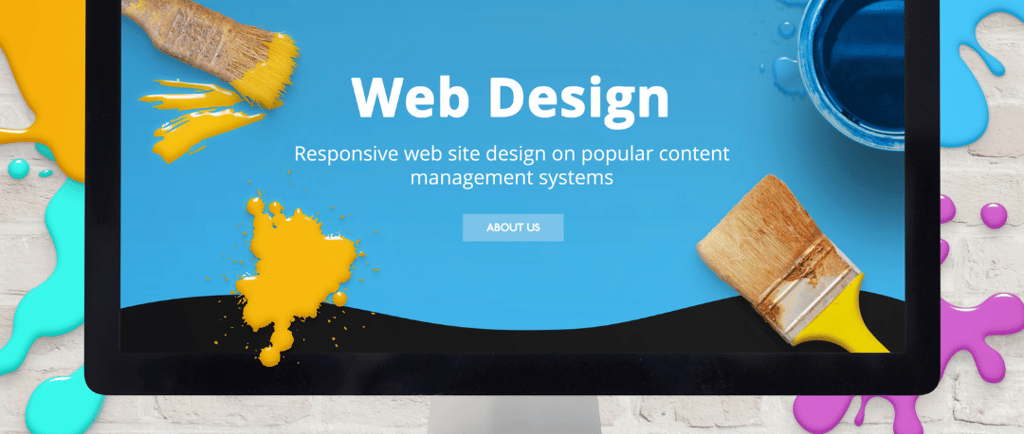Call Us Today! 503-895-5745
Why Your Website Needs to Be Fluid: The Power of Responsive Design in Advance Web Development
WEB
6/24/20253 min read


In today's multi-device world, a static, one-size-fits-all website is a relic of the past. Users are accessing content on everything from tiny smartwatches to massive desktop monitors, and their expectation is a seamless, optimal experience regardless of their screen size. This is where Responsive Design isn't just a nice-to-have; it's a fundamental pillar of advance web development and a non-negotiable for modern businesses.
At its core, responsive design is an approach to web design that makes your web pages render well on a variety of devices and window or screen sizes. Instead of creating separate websites for desktop, tablet, and mobile, a single responsive website intelligently adapts its layout, images, and navigation to fit the user's screen.
The Problem with Fixed Layouts (and Why Responsive is the Answer)
Imagine trying to read a newspaper designed for a large table on a tiny smartphone. You'd be pinching, zooming, and scrolling endlessly, leading to frustration and ultimately, abandonment. This is precisely the experience many users had (and sometimes still have) with non-responsive websites.
Responsive design solves this by using:
Fluid Grids: Instead of fixed pixel widths, responsive layouts use percentages, allowing elements to expand or shrink proportionally based on the screen size.
Flexible Images: Images are scaled dynamically, preventing them from overflowing containers or appearing pixelated on larger screens.
Media Queries: These CSS techniques allow developers to apply different styles based on device characteristics like screen width, height, resolution, and orientation. This means you can show a stacked layout on a phone and a multi-column layout on a desktop, all from the same codebase.
Why Responsive Design is Crucial for Advance Web Development
The shift towards responsive design wasn't just a trend; it was a necessary evolution driven by changing user behavior and technological advancements. Here's why it's at the heart of advance web development:
1. Enhanced User Experience (UX): This is paramount. A website that adapts gracefully provides a consistent, enjoyable experience, reducing bounce rates and encouraging engagement. Users expect convenience, and responsive design delivers it.
2. Improved SEO Performance: Google heavily favors mobile-friendly websites. Since 2015, Google's mobile-first indexing prioritizes the mobile version of a website for ranking. A responsive site ensures your content is easily crawlable and rankable across all devices, a critical aspect of advance web development for visibility.
3. Cost-Effectiveness and Maintainability: Managing a single responsive website is far more efficient than developing and maintaining separate sites for different devices. This saves time, resources, and reduces the likelihood of inconsistencies or bugs.
4. Future-Proofing: The sheer variety of devices entering the market is only going to increase. Responsive design offers a degree of future-proofing, as it's designed to adapt to new screen sizes and resolutions that may emerge. This adaptability is a hallmark of advance web development.
5. Increased Conversions: A positive user experience directly correlates with higher conversion rates. When users can easily navigate, find information, and complete actions on any device, they are more likely to convert into customers or leads.
6. Simplified Analytics and Reporting: With a single website for all devices, tracking user behavior and performance through analytics tools becomes much simpler and more cohesive.
Beyond the Basics: Responsive Design in Action
"Advance web development" doesn't stop at just making elements shift. It involves deeper considerations within responsive design:
Performance Optimization: Ensuring that images are optimized for different screen sizes (e.g., using srcset), and that critical CSS is delivered efficiently for faster loading on mobile.
Touch-Friendly Navigation: Designing menus and interactive elements that are easy to tap and swipe on touch devices.
Content Prioritization: Deciding what content is most important for smaller screens and how to present it effectively without overwhelming the user.
In essence, responsive design is no longer an optional extra but an essential building block for any successful online presence. It's a testament to the fact that advance web development isn't just about cutting-edge features, but about creating universally accessible, high-performing, and user-centric digital experiences. If your website isn't responsive yet, now is the time to make the switch and unlock its full potential across the entire spectrum of devices. At enter and post, we specialize in crafting responsive and high-performing websites that stand the test of time.
Contact Us
Socials
📞 USA: (+1) 503-895-5745
📞 Pakistan: (+92) 332-3480678
🏢 Head Office:
8449 SW Barbur Boulevard, Portland, OR 97219, USA
🏢 Back Office:
T9, Sohni Shopping Mall, Karimabad, Karachi 75950, Pakistan.
© Copyright 2025 | Developed By | Enter and Post LLC
